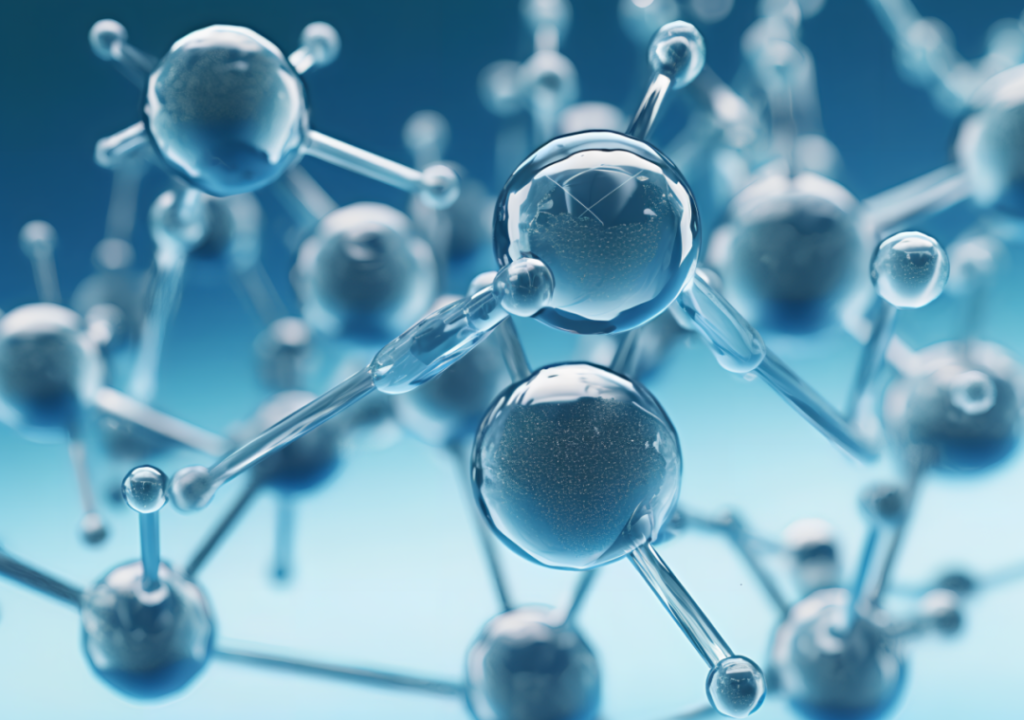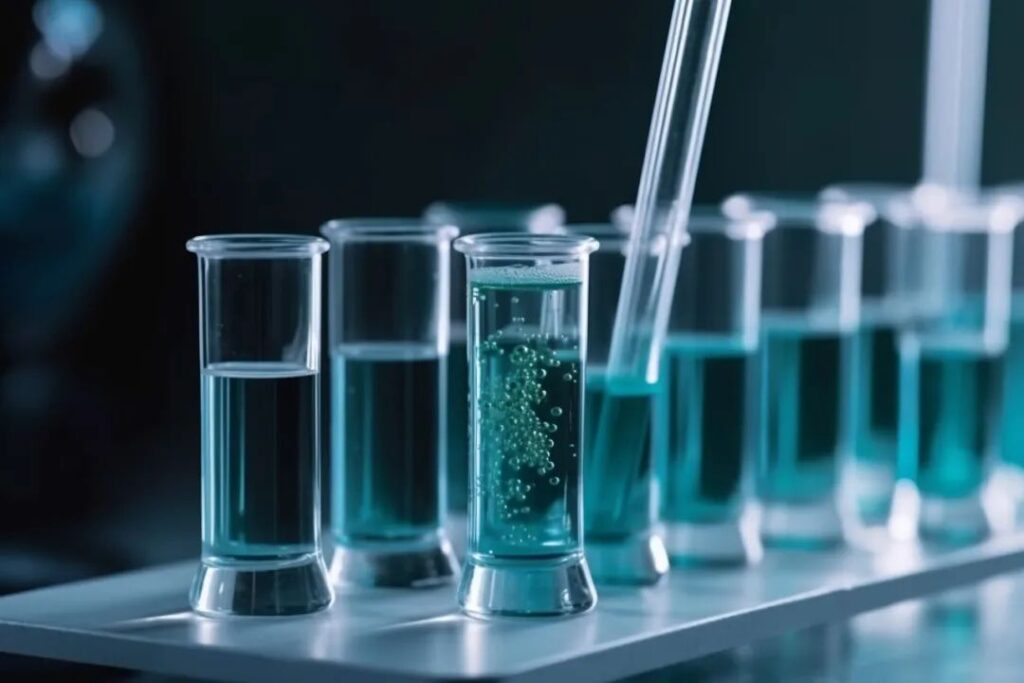
What is “ashless dispersant”?
When the internal combustion engine is working, the engine oil is subjected to high temperature and high pressure. It comes into contact with oxygen and various metals to undergo oxidative condensation and decomposition, forming a series of substances that will be deposited and attached to the engine parts in the form of carbon deposits, paint films and sludge, making the engine work
Read More

The principle of dispersant
The dispersant has two functions: one is to speed up the depolymerization of "agglomerates" and shorten the dispersion time; the other is to delay the time for particles to reunite again and keep the particles in a dispersed state for a long time.
Read More

Dispersant Selection Factors
Coating systems: Different types of coating systems (such as water-based or solvent-based coatings) have specific requirements for the amount and type of dispersant.
Pigments: Different colors and types of pigments may require specific dispersants for optimal dispersion. Some pigments have a higher settling rate or tendency to aggregate, while other colors disperse more easily.
Read More

Dispersant evaluation, selection and addition amount
The selection of dispersants should be based on the characteristics of the pigments to be dispersed and the performance requirements of the coating. Dispersants have a great influence on the particle size distribution, tinting strength, stability, gloss and defects of pigments. The dispersing ability of dispersants is mainly evaluated from the following aspects: viscosity reduction and viscosity stability, particle size distribution of pigment slurry, Tinting strength, color development, hue, covering rate, flocculation, gloss, surface defects, bubbling effects, compatibility with resins and additives, storage stability, etc.
Read More

Factors affecting dispersion
The influence of molecular structure, molecular weight and distribution of dispersant Dispersants are composed of hydrophobic and hydrophilic groups.
Read More

Detailed explanation of the types and functions of dispersants
t Categories
Fatty acids, aliphatic amides and esters
The combined use of stearamide and higher alcohols can improve lubricity and thermal stability. The dosage (mass fraction, the same below) is 0.3%-0.8%. It can also be used as a slip agent for polyolefins; hexenyl bisstearamide can also be used as a slip agent for polyolefins. It is called ethylene bisstearamide, which is a high melting point lubricant. The dosage is 0.5% to 2%; stearic acid monoglyceride and tristearic acid glyceryl; oleic acid acyl dosage is 0.2% to 0.5%; hydrocarbon Paraffin-like solid, melting point is 57~70℃, insoluble in water, soluble in organic solvents, poor dispersion, compatibility and thermal stability in resin, dosage is generally less than 0.5%
Read More
